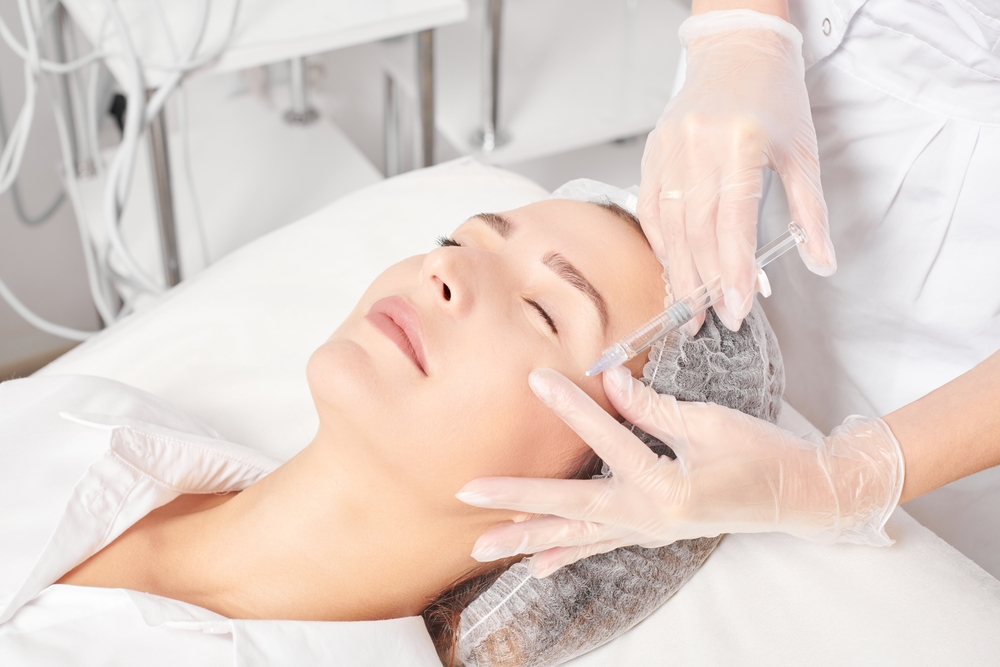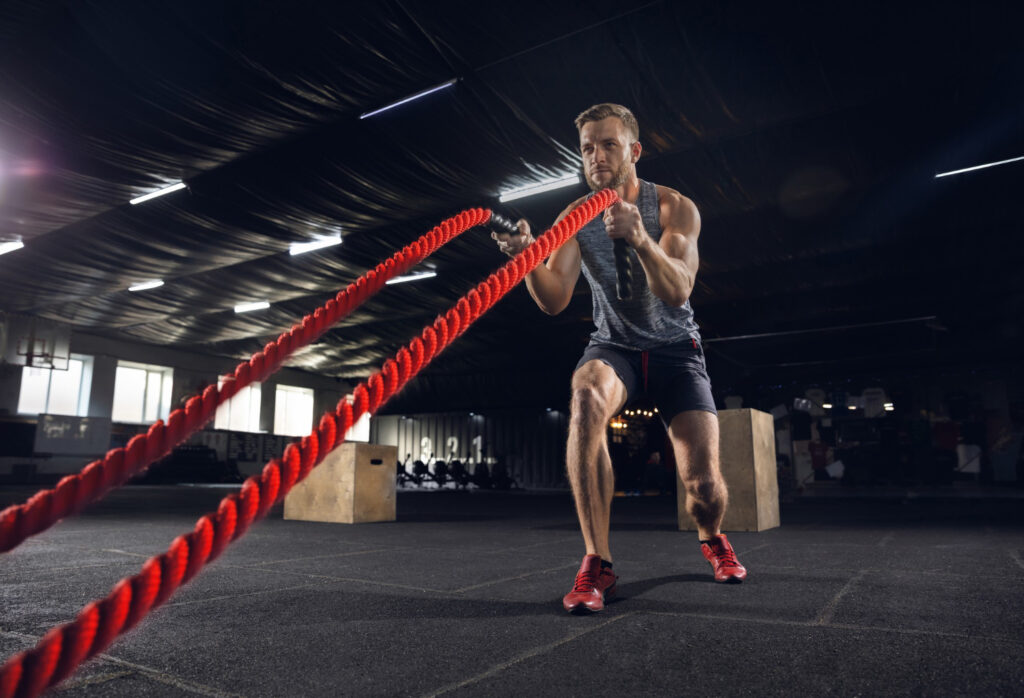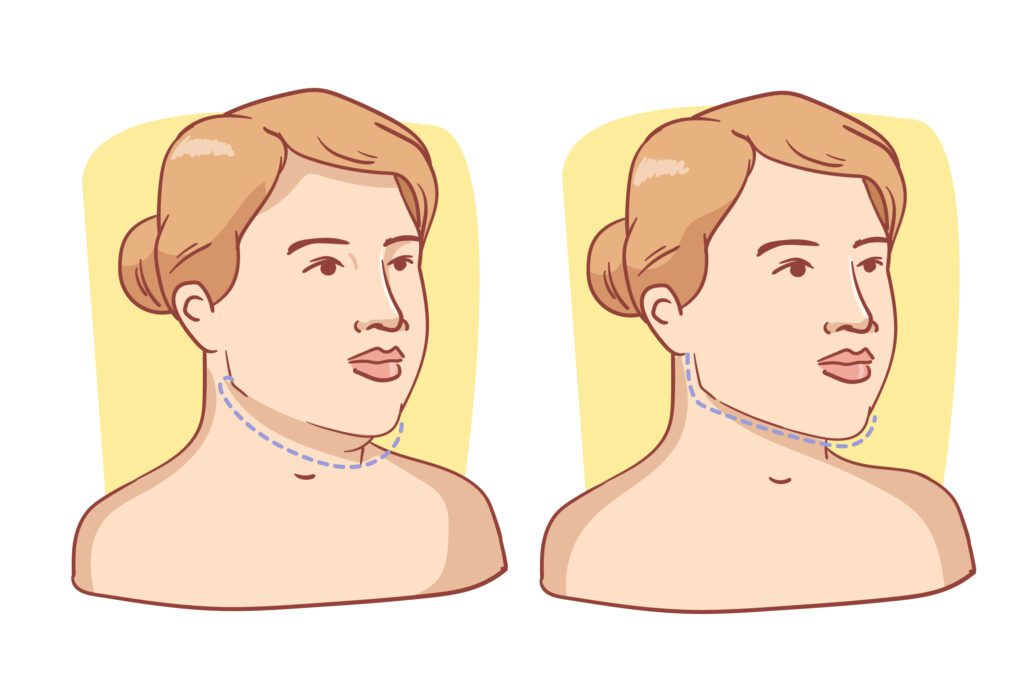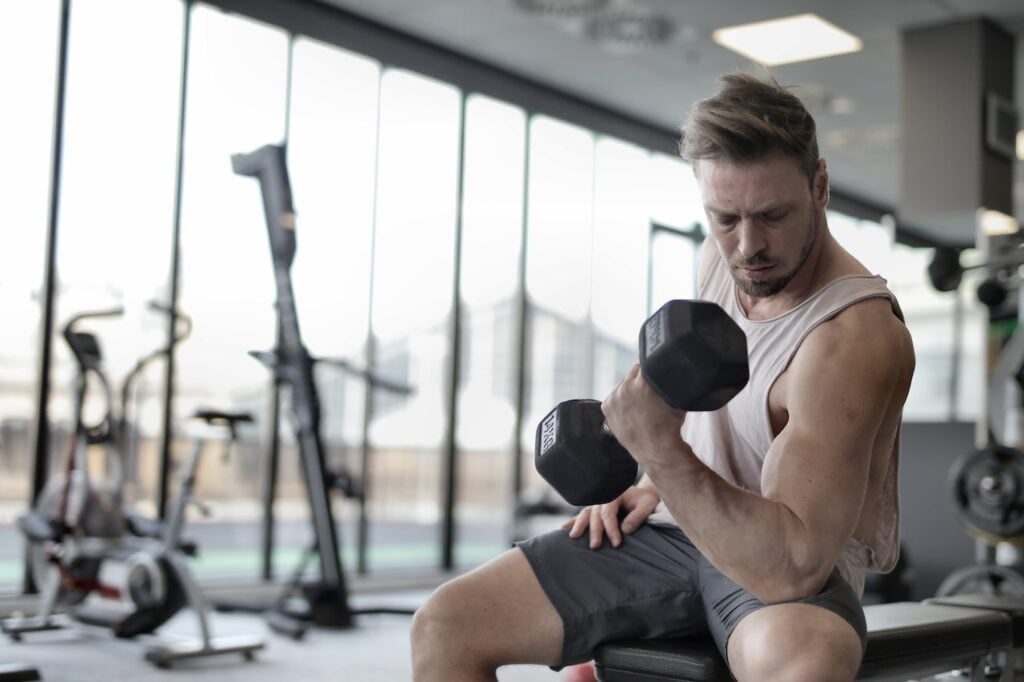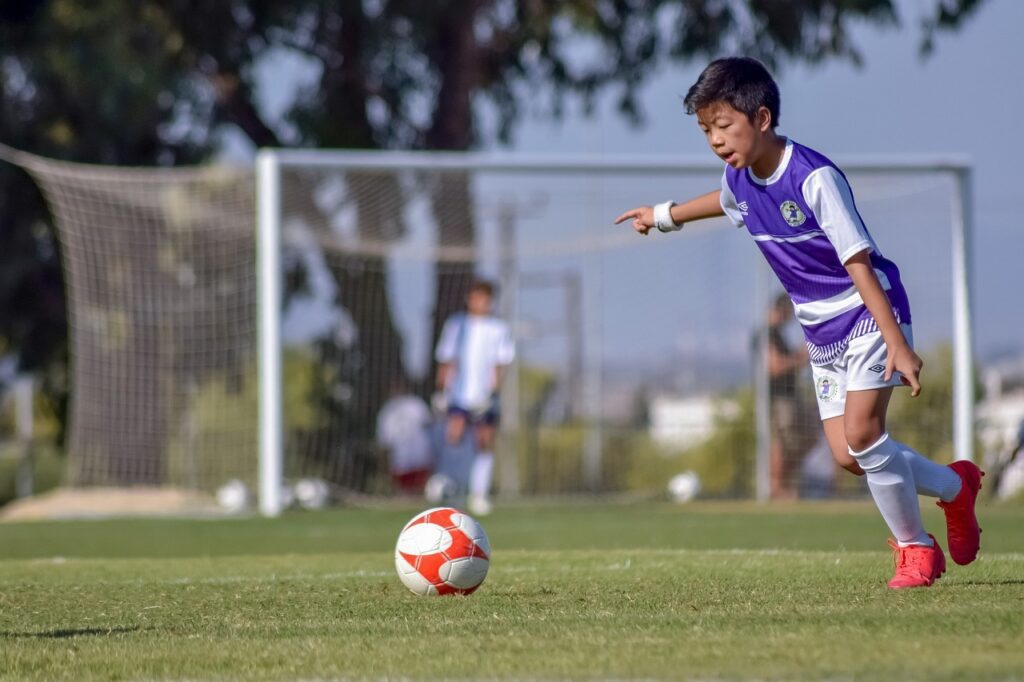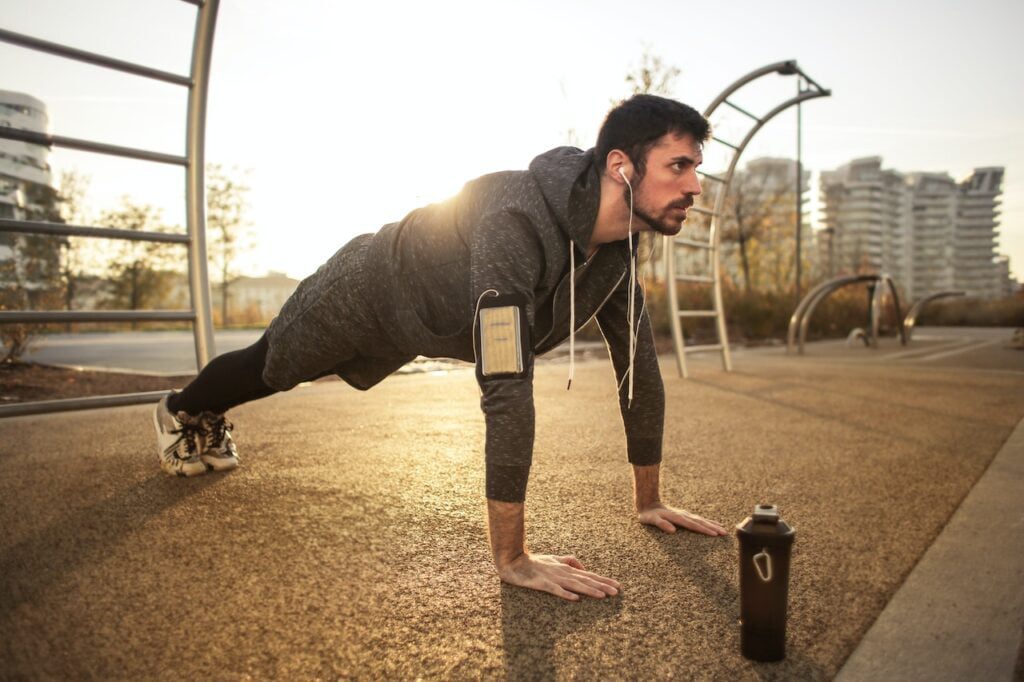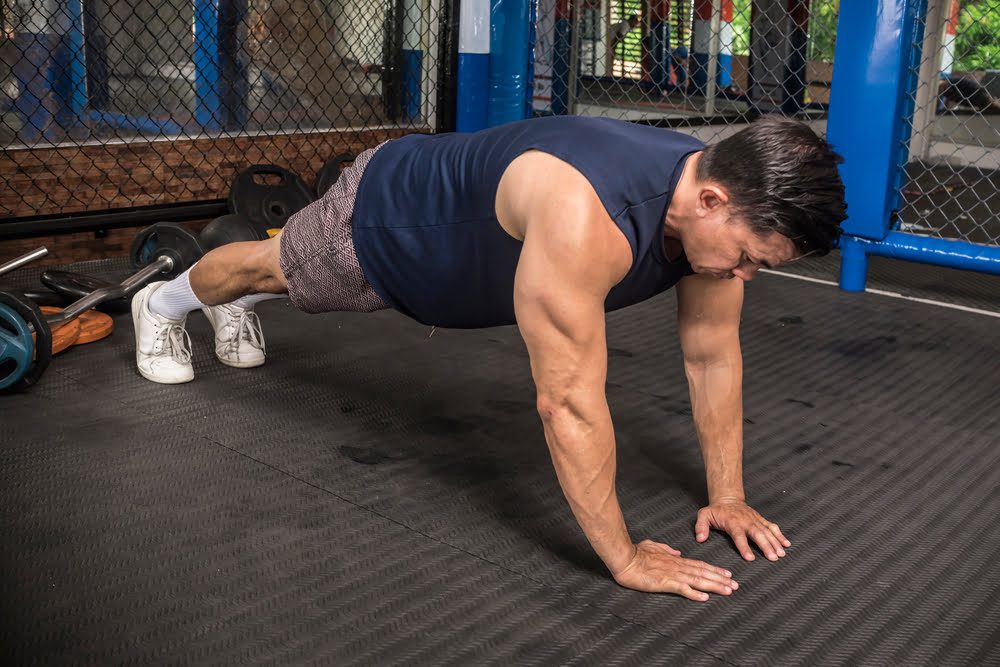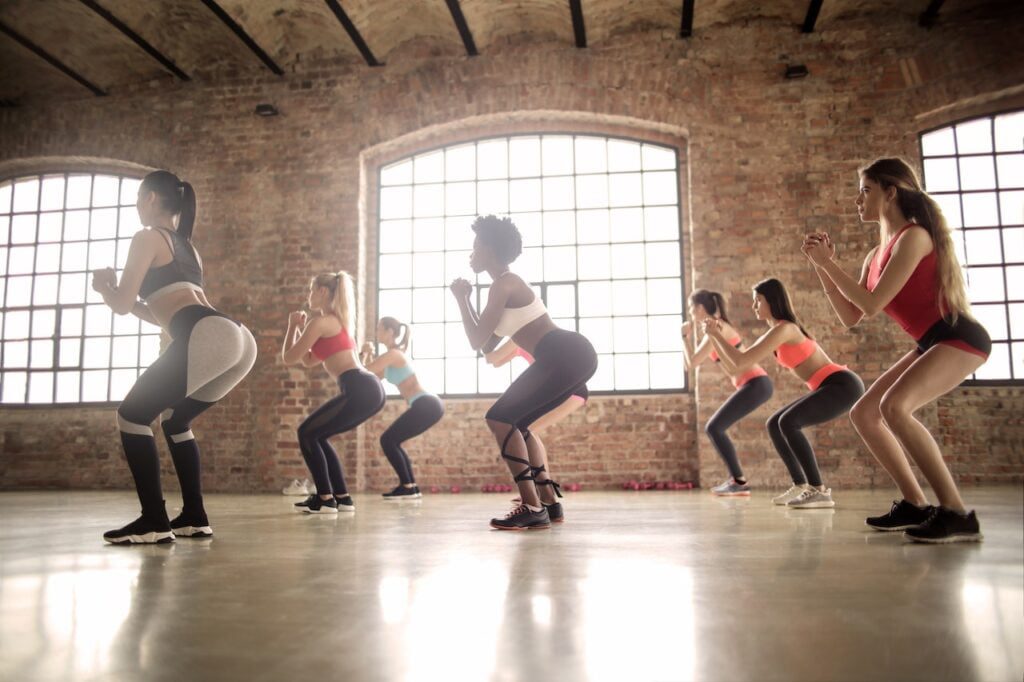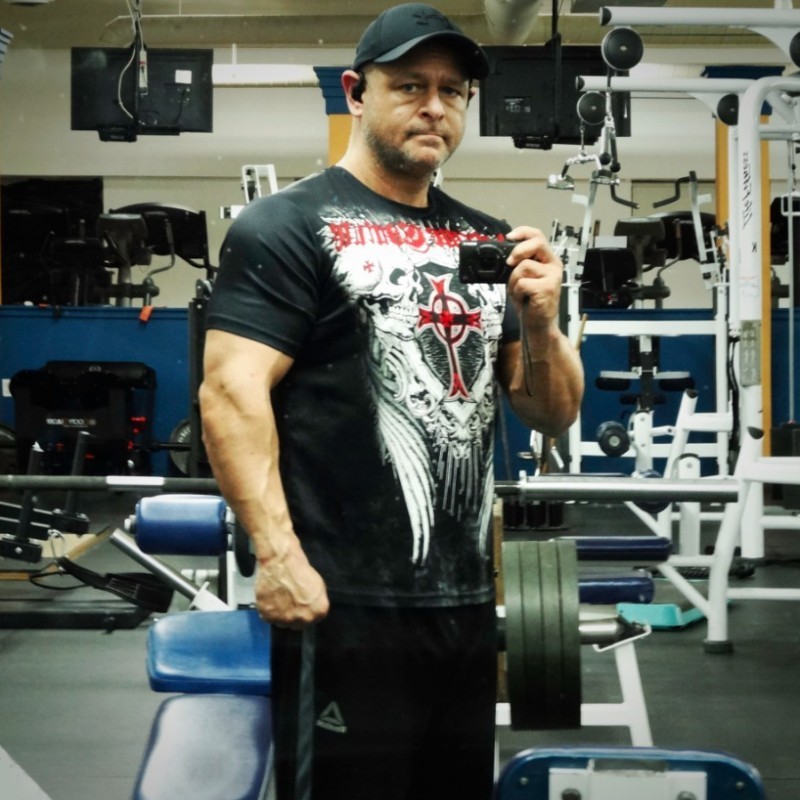Dysport, a popular injection used for treating facial wrinkles, has become increasingly popular among individuals seeking a more youthful appearance. However, many people wonder whether it is safe to engage in exercise immediately after receiving Dysport injections. To shed light on this topic, we turn to experts in the field who can provide valuable insights and guidance. In this article, we aim to explore the effects of exercise on Dysport injections and delve into the recommendations provided by specialists, enabling individuals to make informed decisions regarding their post-injection exercise routine.
Can you exercise after Dysport? What do experts say?
Whether or not you can exercise after receiving Dysport injections is a common concern among individuals seeking this cosmetic treatment. While there is limited research specifically addressing this topic, experts generally agree that light exercise is typically safe after Dysport administration.
It is recommended to avoid strenuous activities, such as intense workouts or heavy lifting, for at least 24 hours after the procedure. This precaution aims to minimize the risk of spreading the injected toxin to unintended areas and potentially affecting muscle function.
It is advisable to consult with a healthcare professional or the administering practitioner to receive personalized advice based on your specific circumstances.
5 best Exercise After Dysport.
After receiving a Dysport treatment, it’s important to wait for at least 24 hours before engaging in any vigorous physical activities. However, once this waiting period is over, there are several exercises that can be beneficial for your body and overall well-being. Here are the 5 best exercises to consider after a Dysport treatment, along with instructions on how to perform them correctly:
1. Yoga.
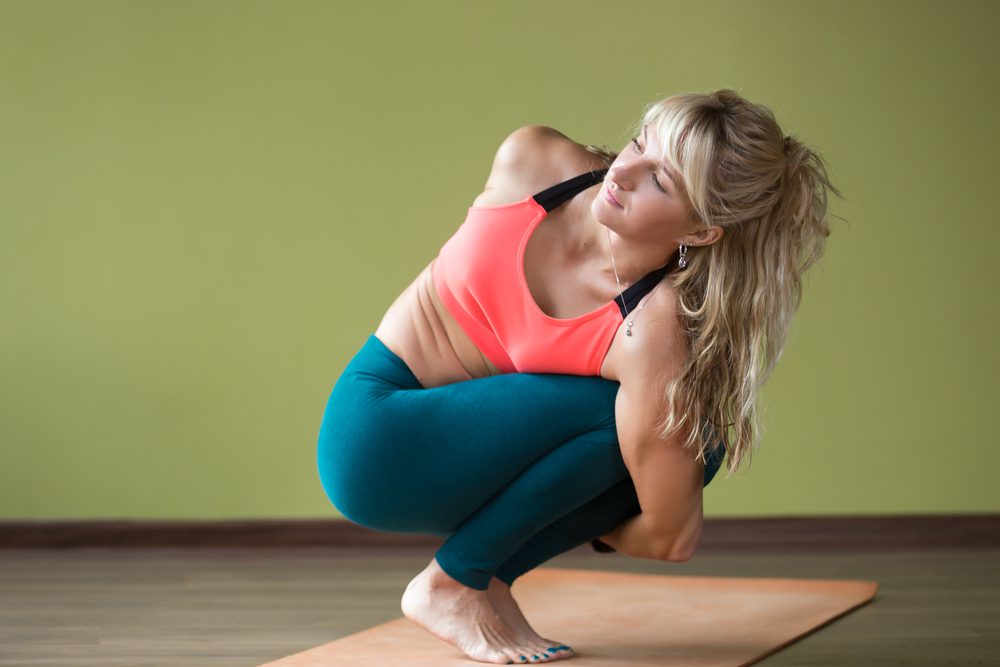
Yoga is a fantastic exercise to engage in after Dysport, as it helps improve flexibility, balance, and relaxation. Start with simple poses such as the downward-facing dog, child’s pose, or cat-cow stretch. Gradually progress to more challenging poses as you feel comfortable.
2. Walking.
Walking is a low-impact exercise that can be done at any fitness level. It helps increase cardiovascular endurance, improves circulation, and aids in weight management. Find a scenic route or a local park to make your walks more enjoyable.
3. Pilates.
Pilates focuses on core strength, flexibility, and overall body toning. Start with basic exercises such as the pelvic tilt, single leg stretch, or spine stretch forward. As you gain strength and confidence, you can move on to more advanced movements.
4. Swimming.

Swimming is a highly recommended exercise after Dysport, as it provides a full-body workout without putting excessive strain on your muscles. Whether it’s freestyle, breaststroke, or backstroke, swimming helps improve cardiovascular fitness, builds strength, and promotes relaxation.
5. Cycling.
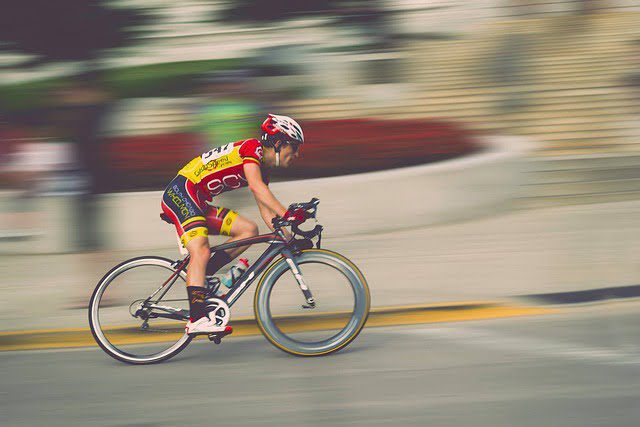
Cycling is an excellent exercise for lower body strength and cardiovascular health. Whether you prefer outdoor cycling or using a stationary bike, it can be customized to your fitness level. Start with shorter rides and gradually increase the duration and intensity.
| 💡 Tips Verywel Fit.com Remember to listen to your body and consult with your healthcare provider before starting any exercise routine after a Dysport treatment. It’s essential to ensure that you’re fully healed and ready to engage in physical activities. Additionally, stay hydrated, wear appropriate workout attire, and warm up properly before each exercise session. |
facial exercises after dysport.
After receiving Dysport treatment, it is important to follow a post-procedure skincare routine to optimize the results and maintain a youthful appearance. Incorporating facial exercises into your routine can help improve muscle tone, promote circulation, and enhance the effects of Dysport. Here are five facial exercises to consider after Dysport:
1. Forehead Lift.
Place your fingertips just above your eyebrows and gently pull the skin upward. While doing so, try to raise your eyebrows as much as possible. Hold this position for a few seconds, then relax. Repeat this exercise for about 10 repetitions to help strengthen the muscles in your forehead and reduce the appearance of forehead wrinkles.
2. Cheek Lift.
Begin by placing your index and middle fingers on your cheekbones, near the outer corners of your eyes. Apply gentle pressure and lift your cheeks towards your eyes, using your fingers as support. Hold this position for a few seconds, then release. Repeat this exercise around 10 times to help lift and tone the cheek muscles, reducing sagging and enhancing a youthful contour.
3. Lip Plumping.
Pucker your lips together tightly and hold for a few seconds. Then, slowly release and extend your lips into a wide smile. Repeat this exercise around 10 times to target the muscles around your mouth, enhancing lip fullness and reducing the appearance of fine lines.
4. Jawline Toner.
With your mouth closed, push your lower jaw forward, as if you were trying to scoop something with your lower teeth. Hold this position for a few seconds, then relax. Repeat this exercise around 10 times to help strengthen the jawline muscles, promoting a more defined and sculpted appearance.
5. Neck Stretch.
Gently tilt your head back and look towards the ceiling. While in this position, try to bring your lower lip over your top lip and hold for a few seconds. Relax and repeat this exercise around 10 times to target the muscles in the neck area, reducing the appearance of sagging skin and promoting a toned neck contour.
| 💡 Tips Verywel Fit.com Remember to perform these facial exercises gently and without strain. It is advisable to consult with your healthcare provider or a professional before attempting any new exercise routine, especially after receiving Dysport treatment. By incorporating these exercises into your post-Dysport skincare routine, you can help maximize the benefits of the treatment and achieve a more youthful and rejuvenated appearance. |
Exercises to avoid After Dysport.
There are certain exercises that individuals should avoid after undergoing Dysport injections, as it is important to allow the treatment to settle in and achieve optimal results. Here are some exercises to steer clear of and the reasons behind avoiding them:
1. High-Intensity Cardiovascular Exercises.
Strenuous activities such as running, intense cycling, or high-intensity interval training (HIIT) should be avoided immediately after Dysport injections. Engaging in vigorous cardio exercises can increase blood flow and elevate heart rate, which may lead to increased facial flushing. This enhanced blood circulation can potentially disperse the Dysport solution and compromise its effectiveness.
2. Heavy Weightlifting.
Engaging in heavy weightlifting or resistance training that strains the facial muscles is not recommended after Dysport injections. Lifting excessively heavy weights can cause excessive facial exertion, which might interfere with the optimal distribution and absorption of the Dysport solution. This can potentially impact the desired relaxation effects on the targeted muscles.
3. Hot Yoga or Sauna Sessions.
Activities that involve exposure to high temperatures, such as hot yoga or sauna sessions, should be avoided post-Dysport treatment. The heat can dilate blood vessels, increasing blood flow and potentially affecting the diffusion of Dysport within the treated area. It is advisable to wait until the effects of the injections have fully settled before participating in these activities.
4. Facial Massages or Spa Treatments.
Individuals who have received Dysport injections should refrain from any facial massages or spa treatments for a certain period. Manipulating the treated area through massages or applying excessive pressure can cause the Dysport solution to shift or disperse unevenly, reducing its effectiveness and potentially altering the desired aesthetic outcome.
5. Intense Facial Expressions.
While not technically an exercise, it is crucial to avoid excessive facial expressions that involve intense muscle contractions after Dysport injections. Facial movements such as frowning, squinting, or furrowing the brow can counteract the effects of the treatment. The goal of Dysport is to relax the targeted muscles, and engaging in activities that actively engage those muscles can hinder the desired outcome.
| 💡 Tips Verywel Fit.com It is important to consult with a medical professional or licensed injector for specific post-treatment guidelines, as individual circumstances may vary. Following these recommendations will help ensure optimal results and allow the Dysport injections to take full effect, enhancing the overall outcome of the treatment. |
Additional Tips during Exercises After Dysport.
After receiving Dysport injections, it is important to take certain precautions to ensure the best possible results and avoid any potential complications. Here are some additional tips to keep in mind during exercises to minimize any adverse effects:
1. Avoid strenuous workouts.
For the first 24-48 hours after Dysport injections, it is recommended to avoid any intense physical activities that might increase blood flow to the treated areas. Strenuous exercises can potentially disperse the Dysport solution, leading to uneven results or unintended muscle weakening.
2. Modify your exercise routine.
Instead of engaging in high-impact or vigorous exercises, opt for low-impact activities that do not strain the facial muscles excessively. Gentle exercises like walking, light stretching, or yoga can be beneficial without compromising the effectiveness of the treatment.
3. Be cautious with facial expressions.
During workouts, pay attention to your facial expressions and try to avoid excessive grimacing, frowning, or squinting. These repetitive movements can interfere with the settling of Dysport, potentially affecting the targeted muscles and overall results.
4. Protect your face from external pressure.
If your exercises involve equipment or accessories that may apply pressure to your face, such as helmets, goggles, or face masks, take extra precautions. Ensure that these items do not put excessive pressure on the treated areas, as it can potentially cause the Dysport to spread unevenly.
5. Maintain proper hydration.
Adequate hydration is essential for optimal recovery and overall well-being. Drinking enough water not only helps flush out toxins from your body but also assists in the absorption and distribution of the Dysport solution, potentially enhancing its effectiveness.
6. Avoid extreme temperature changes.
Exposing your face to extreme heat or cold immediately after Dysport injections may interfere with the treatment’s results. Therefore, it is advisable to avoid activities like saunas, steam rooms, or ice baths for at least 24-48 hours post-treatment.
7. Listen to your body.
While exercise is generally beneficial, it is crucial to pay attention to your body’s signals during and after workouts. If you experience any discomfort or unusual sensations in the treated areas, such as excessive swelling, redness, or pain, it is best to consult your healthcare provider promptly.
| 💡 Tips Verywel Fit.com Remember, these additional tips are meant to complement the post-treatment guidelines provided by your healthcare professional. Always follow their specific instructions and consult them if you have any concerns or questions regarding exercising after Dysport injections. |
Frequently Asked Questions.
1. Can I drink alcohol after dysport?
It is generally advised to avoid consuming alcohol for at least 24 hours after receiving Dysport injections.
2. How long to exercise after dysport?
It is generally recommended to wait at least 24 hours before engaging in strenuous exercise after receiving Dysport injections.
Bottom Line.
Exercising after receiving Dysport injections is generally safe and can even be beneficial. However, it is important to listen to your body and take precautions to avoid any potential complications. It is recommended to wait at least 24 hours before engaging in intense physical activities or exercises that may increase blood flow to the treated areas.
Additionally, it is essential to consult with your healthcare provider to ensure that exercising after Dysport is suitable for your specific situation. By following these guidelines, you can enjoy the benefits of both Dysport and exercise without compromising your results or risking any adverse effects.
How we reviewed this article:
Our team of experts is always monitoring the health and wellness field, ensuring that our articles are updated promptly as new information emerges. See Our Editorial Process
Oct 22, 2025
Written By: Dr. Nathan Kadlecek
Reviewed By: Lloyd Holton
Written By: Dr. Nathan Kadlecek
Reviewed By: Lloyd Holton

 Workout
Workout
 Meditation
Meditation





 Contact Us
Contact Us



